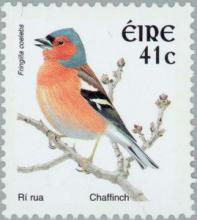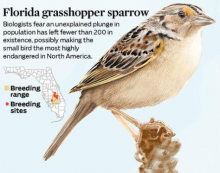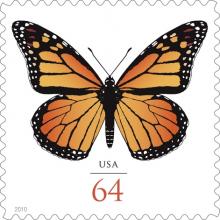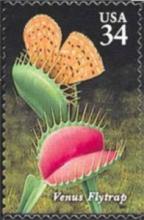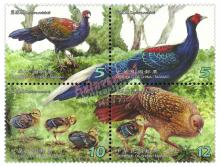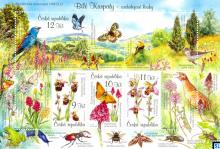Deadly bird disease trichomonosis 'spreads to Europe'
A disease that is killing greenfinches (Carduelis chloris) and chaffinches (Fringilla coelebs) in the UK has now spread to Europe, scientists report. A paper in the journal Ecohealth confirms that the disease has been found in Finland, Norway and Sweden and is at risk of moving further afield. The disease, called trichomonosis, is caused by a parasite and was first seen in finches in the UK in 2005. Since then, the country's greenfinches have declined by 35% and chaffinch populations have fallen by 7%.

